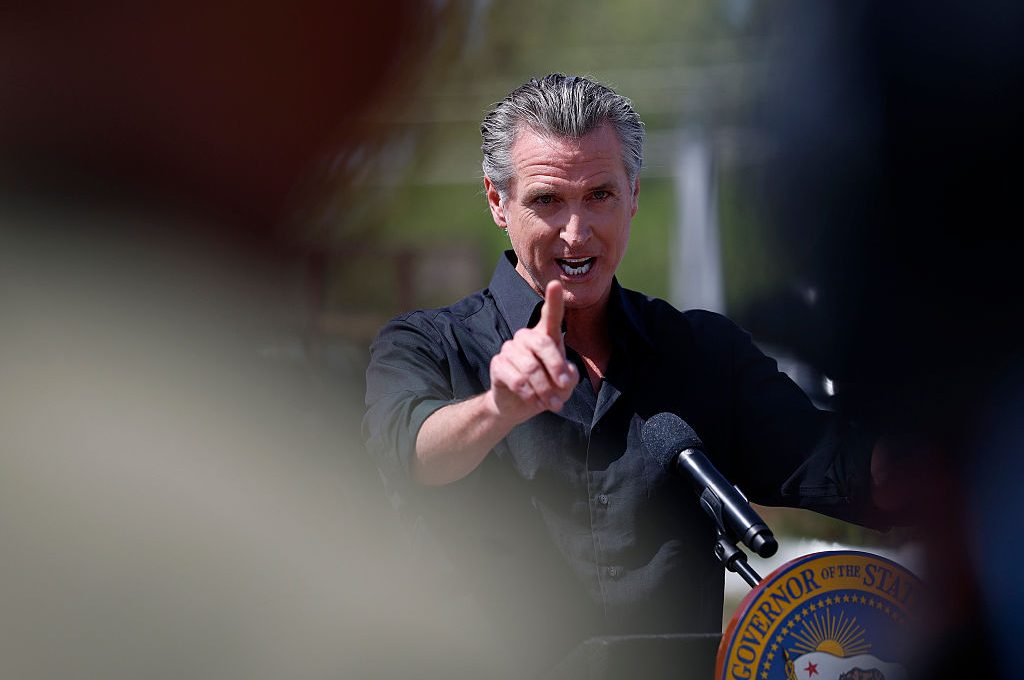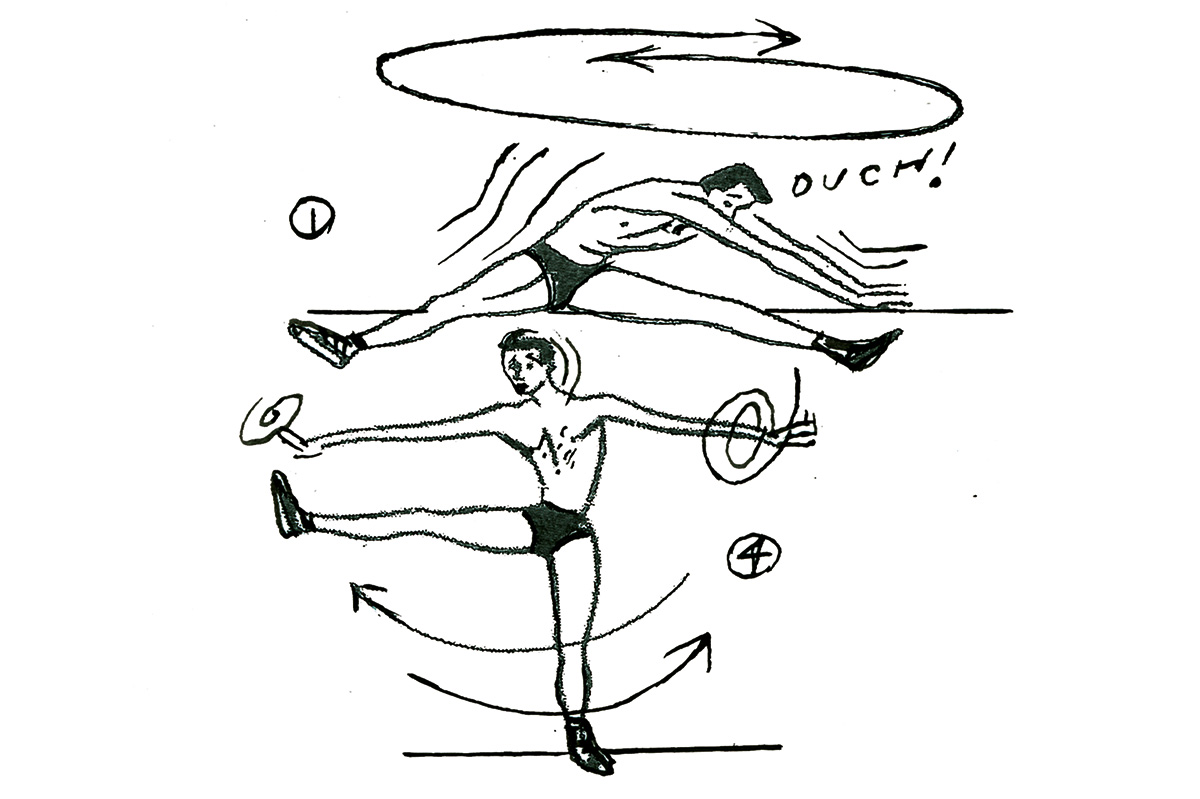After eight months of frantic work, several coronavirus vaccines appear ready for launch. But there are 330 million Americans, and decidedly less than 330 million shots right now. So the great question America must ask is, who should receive the vaccine first?
At least, it was supposed to be a great question. Mercifully, the New York Times has come forth like the Good Witch of the North to show us the way. Figuring out health policy is easy, it turns out: just decide the best policy based on race.
That was the clear message of a Saturday article posing the question: ‘The Elderly vs. Essential Workers: Who Should Get the Coronavirus Vaccine First?’
Decades of medical norms hold that the vaccine should be distributed with the goal of saving lives, and therefore it should go to the sick and elderly who are the only ones at serious risk of actually dying from the virus. But that’s a very old-fashioned way of looking at things, the Times reveals. The most cutting-edge ethicists know that what really matters is the skin color of who would get the vaccine. And because employees are a less white group than the elderly at risk of dying, they win:
‘“To me the issue of ethics is very significant, very important for this country,” Dr Peter Szilagyi, a committee member and a pediatrics professor at the University of California, Los Angeles, said at the time, “and clearly favors the essential worker group because of the high proportion of minority, low-income and low-education workers among essential workers.”
‘Harald Schmidt, an expert in ethics and health policy at the University of Pennsylvania, said that it is reasonable to put essential workers ahead of older adults, given their risks, and that they are disproportionately minorities. “Older populations are whiter,” Dr Schmidt said. “Society is structured in a way that enables them to live longer. Instead of giving additional health benefits to those who already had more of them, we can start to level the playing field a bit.”’
Saving lives? You thought eight months of coronavirus lockdowns were about saving lives? Foolish. We now know that the correct way of setting health policy is to make sure the correct skin colors benefit.
But more nuance is needed. Perhaps afraid of hurting people’s feelings, the CDC has taken a very broad view of what an essential worker is. According to the sages of Atlanta, more than 70 percent of the workforce is ‘essential’, totaling more than 100 million people. That includes firefighters and nurses, but also housecleaners, college professors and journalists. You can trust Cockburn when he says that he is categorically not essential.
Declaring every worker with a pulse essential (and some without one) creates problems. Hand out the vaccine to everyone with a job, and you may inadvertently help the wrong race. Clearly, some winnowing is needed. The Times has the solution: instead of labeling jobs as ‘essential’ or not based on what the jobs actually do, just evaluate the appearance of who works them.
[special_offer]
Marc Lipsitch, an infectious-disease epidemiologist at Harvard’s T.H. Chan School of Public Health, argued that teachers should not be included as essential workers if a central goal of the committee is to reduce health inequities.
‘Teachers have middle-class salaries, are very often white, and they have college degrees,’ he said. ‘Of course they should be treated better, but they are not among the most mistreated of workers.’
Cockburn feels inspired, liberated even. It’s all just so easy! Instead of some complex, burdensome calculation based on necessity and societal value, we can sort people into good and bad based on appearance. This is very progressive. And best of all, it can be applied everywhere.

























